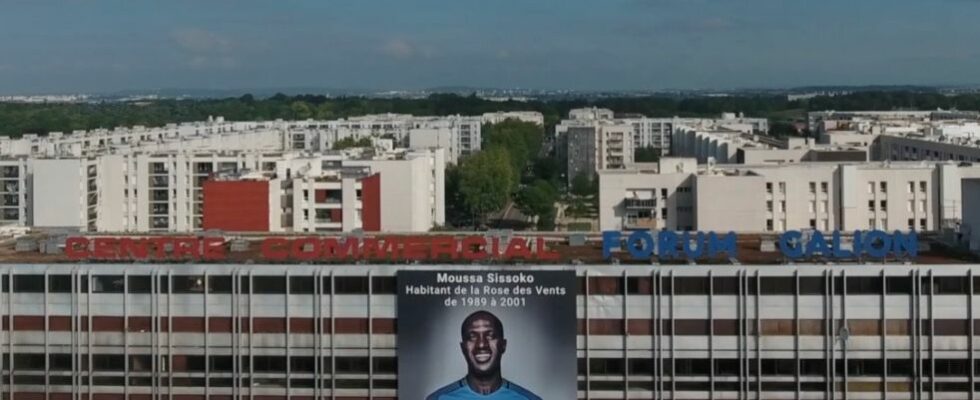The Galleon has not completely disappeared. The building bar in Aulnay-sous-Bois, which celebrated the child of the town, footballer Moussa Sissoko in 2016 with an XXL portrait, was demolished in 2021 but the memories are still there. This is what co-directors Fawzi Arslane and Wail Al Malki want to show in their documentary The Galleon. They give the floor to the inhabitants of the district, to leave traces of this place to posterity.
A free screening will take place on November 19, and will take place in the heart of the city of 3,000 in The New Cape theater (free on reservation). For 20 minutesFawzi Arslane looks back on the history of the Galleon.
Why did you make this documentary on this apartment block?
I myself come from the Galion district. In the documentary, I was also able to use rushes that I filmed more than ten years ago, when I started with the camera. As soon as they started the demolition project, I started filming behind the scenes, the exteriors of the building. Until the final stage where it completely disappeared from the surface.
This documentary comes from the desire to leave images to posterity, to the former inhabitants of the district but also to the municipal and departmental archives. The building was one of the jewels of modern architecture in 93, when it was created [au début des années 1970]. It occupied an important place for the Aulnaysiens and future generations will surely want to know what was there.
What is special about Le Galion?
With its elongated shape, in a vertical district, with all its high towers, one had the impression that the building was a barrier, beyond which one entered a new world. Under the building, just below the portrait of Moussa Sissoko, there was a passage, a gateway to the city of 3,000. A city of about 20,000 inhabitants, which represents nearly 25% of the inhabitants of the city.
Le Galion was built to make life easier for the inhabitants. Originally, no highway served the area. It was difficult to shop and access basic amenities. The construction of the building, in which there was a shopping center, changed things. It has become a place of daily transit. Everyone met there, rubbed shoulders there. When there weren’t yet cell phones, we would meet at the Galion.
Who appears in the documentary?
We tried to interview as many people as possible. There is, for example, a young rapper, a dancer, and a former resident who became an MEP, Salima Yenbou. The idea is to show that we are not necessarily destined to fail. On the contrary, leaving such a neighborhood is a good school. This can only motivate, in my opinion.
We also give the floor to other people, lambda, who have an interesting story. There is, for example, one of the first families to have lived in the neighborhood in the 1970s. These people even assisted in the construction of the building.
We spent a year looking for Alain Gaussel, known as “the storyteller of 93”, in order to be able to interview him. He was a major player in the neighborhood. He often came to the Galleon and sat at the foot of the towers, or the trees, to tell stories. We are moved today because he left us a fortnight ago. It will leave an unforgettable memory.

